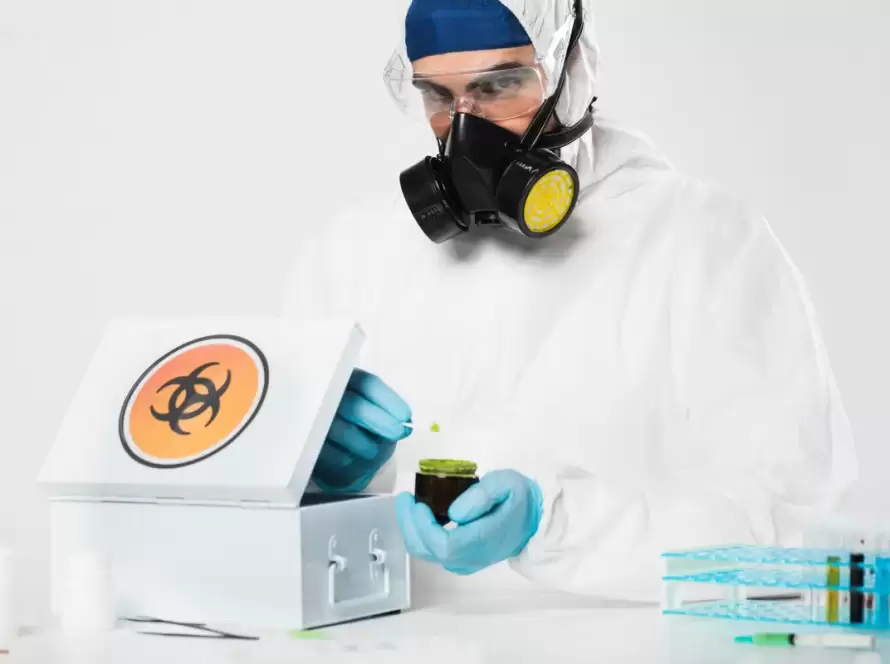Conducting clinical trials is a multifaceted activity involving several stakeholders and participants. Once the trial is finalized, the entire process of supply chain for various clinical trial supplies gets activated. The entire process of sourcing, producing, packaging, distributing, and managing clinical trial supplies requires meticulous planning and is referred to as “streamlining the clinical trial supply chain.” It involves optimizing and increasing the effectiveness of all operations engaged in these processes so as to provide a seamless, affordable, and well-coordinated supply chain that guarantees the prompt delivery of all the clinical trial supplies including the investigational products such as medicines, medical devices, diagnostics etc. to trial locations without any damages and within timelines thus maintaining economic viability and respective study timelines. Pharmaceutical companies, contract research organizations (CROs), sites of trials, and suppliers must coordinate as part of this intricate process known as clinical trial supply chain management. Implementing approaches and technology to improve visibility, forecasting precision, and overall performance is necessary to streamline this process.
The clinical trial supply chain can be streamlined to drastically cut costs, enhance efficiency, and expedite the process of developing drugs. Here are various approaches to achieving this goal:
1. Superior planning and forecasting: Incorporate solid planning and forecasting techniques to precisely estimate the necessary supply. To optimize inventory levels and reduce waste, use historical data, patient enrolment predictions, and research protocol specifics.
2. Centralised Inventory management: Implement a central system for managing the inventory so that you can see the supplies in real time across all of your trial sites. This helps prevent overstocking or stock outs and guarantees prompt replenishment when required.
3. Management of relationships with vendors: Establish connections with dependable suppliers and vendors. Manage your vendors and emphasize the need for prompt and efficient service. Get the best costs with reasonable and feasible terms and conditions of by negotiating advantageous contracts, looking into opportunities for buying in bulk, and comparing various sourcing methods.
4. Manufacturing Just-In-Time (JIT): To cut storage costs and lower the chance of drug expiration prior to use, JIT manufacturing should be used for drug packaging as well as labelling activities.
5. Logistics under Controlled Temperature: To preserve the integrity of the investigational products, and other clinical trial materials use appropriate packaging and storage conditions. It is necessary to invest in temperature-controlled storage and delivery options as necessary. This lessens the possibility of spoiling and waste brought on by temperature fluctuations.
6. Smarter Packaging and Labelling: To enable real-time tracking of shipments and precisely track medicine usage, use cutting-edge technology like smart packaging and labelling with RFID or QR codes.6. Smarter Packaging and Labelling: To enable real-time tracking of shipments and precisely track medicine usage, use cutting-edge technology like smart packaging and labelling with RFID or QR codes.
7. Integration of information and automation: To improve restocking decisions and get rid of manual mistakes, implement automated systems that incorporate supply chain data, including registration rates, patient withdrawals, and levels of inventory.
8. Planning for contingencies and risk management: Develop contingency plans to deal with unforeseen problems that could disrupt the orderly flow of products by identifying potential risks in the supply chain.
9. Building Optimum Distribution Networks: Distribution networks that have been optimized reduce storage costs, transportation costs and transit times by choosing the most effective routes and logistical partners.
10. Conformance with Regulatory regulations: Ensuring compliance with all legal regulations pertaining to the procurement, distribution, and use of investigational items in clinical studies is paramount. Any noncompliance can lead to confiscation and sanctions from the regulatory authorities.
11. Communication and Coordination: Fostering engagement and effective communication among trial sponsors, CROs, sites, and suppliers will guarantee flawless cooperation throughout the supply chain.
Streamlining the clinical trial supply chain provides numerous benefits, including cost savings, shorter trial timelines, improved patient access and complained to the trial medicines, protocol adherence, improvement in clinical trial quality and better risk management due to optimized resource allocation. It has a positive impact on patient recruitment and retention, all of which can positively impact the drug development process and contribute to clinical trial success.
Let’s confront the fact that handling trials won’t get any easier, and costs are probably going to keep rising. Organizations may cut costs, boost efficiency, and speed up the delivery of life-saving pharmaceuticals to patients by putting these techniques into practice and continuously monitoring and optimizing the clinical trial supply chain.


